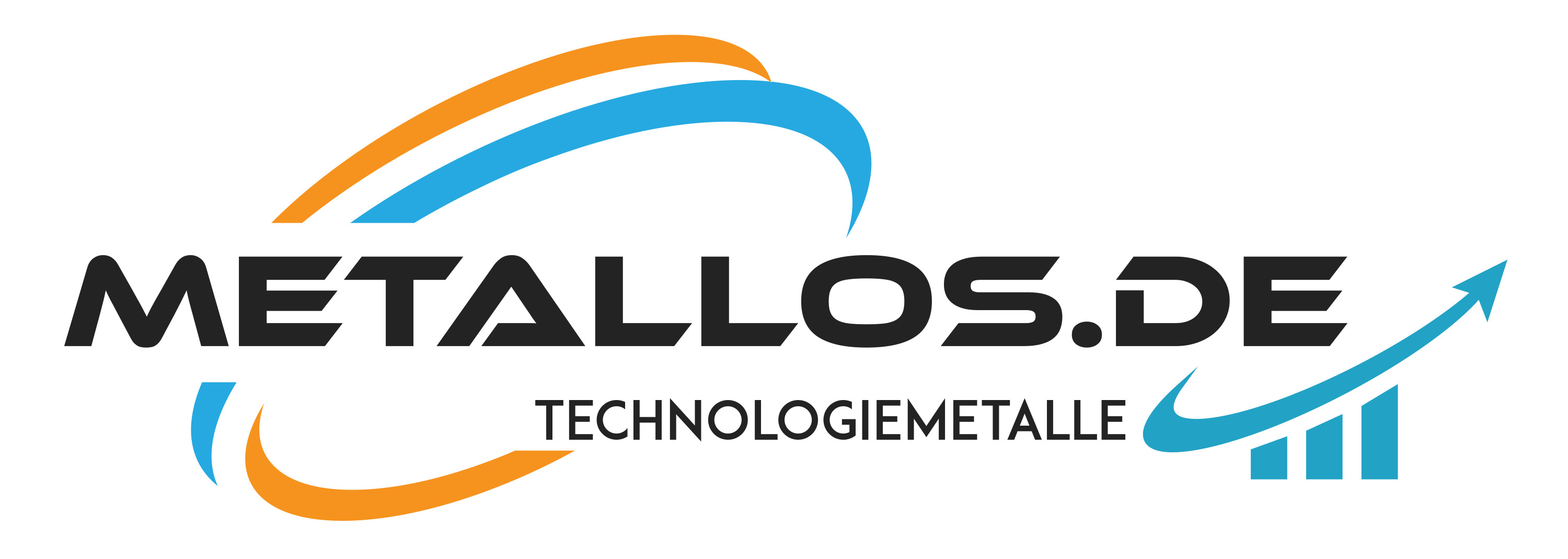1kg Samarium metal 99.9%, rare earth metal
Description
1kg Samarium metal 99.9%, rare earth metal
Buy high purity samarium metal with min 99.9% purity now.
Samarium metal is a rare earth metal.
With us you get the best price for 1kg Samarium Metal.
The current samarium price is stable at the moment.
It is just at 99€/kg, so you should buy samarium metal now.
buy 99,9% samarium
price samarium 1kg 99 euros
- Deliverable within 10 - 12 working days by GLS or DHL
- Purity: min.: 99,9%
- Quantity: 1kg
- Quantity discounts see below
Samarium is reasonably stable in air, forming a passivating, yellowish oxide layer. Metallically lustrous samarium ignites above 150 °C. It reacts with oxygen to form the sesquioxide Sm2O3. With water it reacts violently to form hydrogen and samarium hydroxide. As with all lanthanides, the most stable oxidation state is +3. Samarium occurs in three modifications. The transformation points are at 734 °C and 922 °C. Sm3+ cations turn aqueous solutions yellow. Four stable and 19 unstable radioactive isotopes exist. The most common natural isotopes are 152Sm (26.7%), 154Sm (22.7%) and 147Sm (15%).
Application
Together with other rare earths for carbon arc lamps for film projection equipment. Doping of calcium fluoride single crystals for masers and lasers. Because of its large effective cross section for thermal and epithermal neutrons, samarium is used as a neutron absorber in nuclear applications. Samarium Cobalt Magnets : Permanent magnets made of SmCo5 exhibit high resistance to demagnetization as well as coercivity up to 2200 kA/m. The improved Sm2Co17 alloy is more costly to produce, but has higher magnetic properties and improved corrosion resistance. They are used in stepper motors for quartz watches, drive motors in miniature tape recorders (walkmans, dictaphones), headphones, sensors, couplings in stirrers and hard disk drives. As weight-saving magnetic materials, they are also used in aerospace applications. Samarium oxide is added to optical glass to absorb infrared light.
Samarium compounds are used to sensitize (luminescent) phosphorus when irradiated with infrared light. As a catalyst; samarium oxide catalyzes the hydrogenation and dehydrogenation of ethanol (alcohol). In medicine, the isotope 153Samarium is used in combination with a bisphosphonate (lexidronam) to treat bone pain in cancer (radionuclide therapy for bone metastases). Compounds containing samarium in the less favorable +2 oxidation state (in particular, samarium(II) iodide and samarium(II) bromide) find application in organic synthesis (reducing agents and one-electron transfer reagent, e.g., samarium-mediated pinacol couplings). In combination with the radiopharmaceutical ethylenediaminetetra(methylenephosphonic acid) in nuclear medicine for palliative therapy of bone and skeletal metastases.
Extraction
Starting from monazite or bastnäsite, the rare earths are separated by ion exchange, solvent extraction or electrochemical deposition. In a final process step, the high-purity samarium oxide is reduced to the metal with metallic lanthanum and sublimed.
Samarium (after the mineral samarskite, which in turn was named after the mining engineer W. M. Samarski) is a chemical element with the element symbol Sm and the atomic number 62. In the periodic table, the silvery shining element is in the lanthanide group and thus also belongs to the rare earth metals. There are several accounts of the discovery of samarium in the literature. 1. In 1853, the Swiss Jean Charles Galissard de Marignac detected samarium spectroscopically by means of a sharp absorption line in didymium oxide. In 1879, the Frenchman Paul Emile Lecoq de Boisbaudran isolated the element from the mineral samarskite ((Y,Ce,U,Fe)3(Nb,Ta,Ti)5O16). Mineral and element name are derived from the Russian mining inspector (mining official) Colonel Samarsky, who discovered the mineral. 2. In 1878, the Swiss chemist Marc Delafontaine discovers samarium, which he calls decipum, in didymium oxide. In 1879, independently of him, Paul Emile Lecoq de Boisbaudran discovers samarium. In 1881 Delafontaine shows that his isolated element contains another element besides samarium. 3. the spectroscopic discovery of 1853 by Marignac mentioned under 1 was made by Paul Emile Lecoq de Boisbaudran in 1878. In 1903, the German chemist Wilhelm Muthmann produced metallic samarium by electrolysis. Of course, elemental samarium does not occur. However, some minerals such as monazite, bastnäsite, and samarskite contain the element. Monazite contains up to 1% samarium.
Symbol: Sm
Electron configuration: [Xe] 4f⁶6s²
Atomic number: 62
Atomic mass: 150.36 u
CAS number: 7440-19-9
Melting point: 1,072 °C
